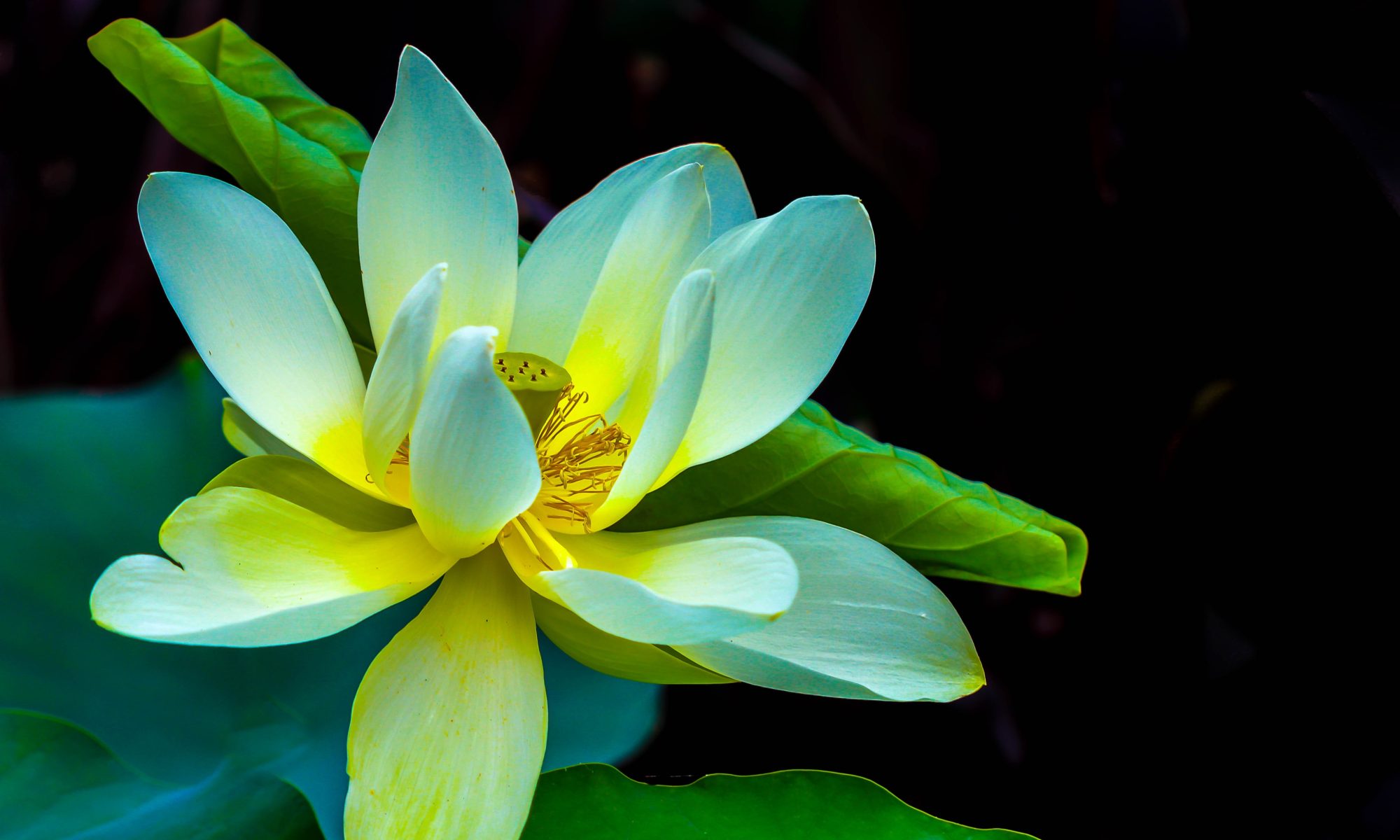Dear Kalyanamittas,
Below are the audio and short notes links to our above 19 November 2019 Tuesday class for sharing by all.
Short notes link: https://broteoh.com/wp-content/uploads/Short-Notes-Teoh-Tue-191119.pdf
With metta always,
Bro Teoh







